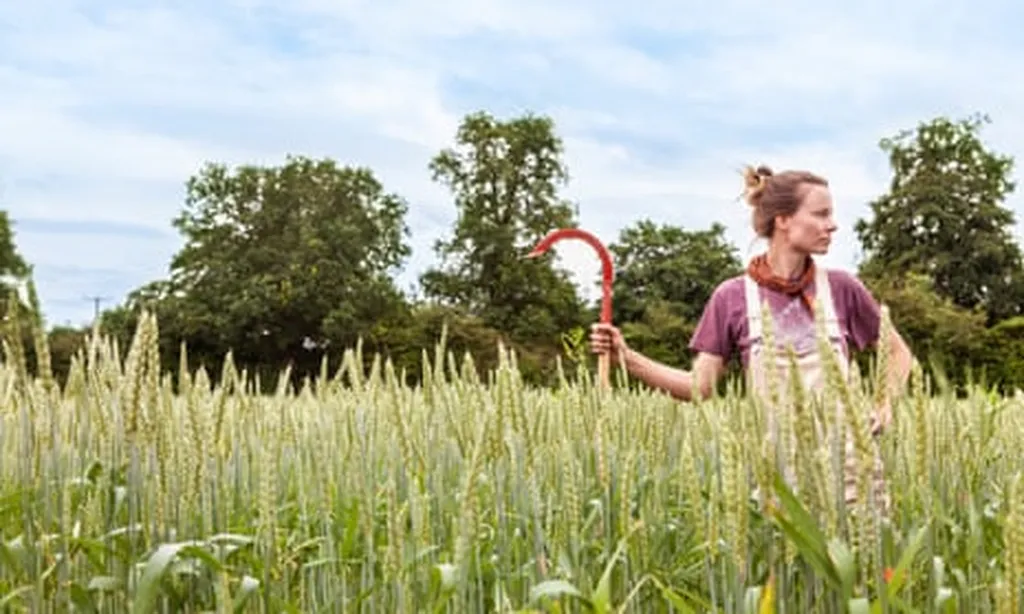In the hidden world of seeds, a microscopic ecosystem thrives, playing a pivotal role in plant growth and development. Recent research published in the Journal of Pure and Applied Microbiology, which translates to the Journal of Pure and Applied Microbiology, has shed light on the intricate networks of microbial interactions within seed microbiomes, offering promising avenues for enhancing crop productivity and sustainability. Lead author Tavisha Singh, whose affiliation is not disclosed, has been at the forefront of this research, uncovering the profound impacts of these tiny guardians on plant health.
Seed microbiomes, it turns out, are not just passive inhabitants but active participants in plant development. They mobilize nutrients, enhance seedling vigor, and protect against pathogens. “These microbes are like a tiny army within the seed, ready to defend and nourish the plant as it begins its life,” Singh explains. But their role doesn’t stop there. Emerging evidence suggests that these microbes can influence plant developmental pathways, opening up novel strategies for boosting crop yields through microbial inoculation.
One of the most intriguing findings is the potential for seed-borne microbes to interfere with the endobiome—the internal microbiome—of other plants. This interference could suppress competitor species, giving a growth advantage to the inoculated plants. However, this effect is likely to be species-dependent, influenced by the host plant, microbial community composition, and environmental conditions. “This implies that in natural ecosystems, endobiome interference can be an important factor in plant-plant interactions,” Singh notes.
The implications for agriculture are significant. If validated through rigorous laboratory experiments and field trials, leveraging endobiome interference could offer a viable strategy to manage invasive or weedy plant species. This approach would be supported by integrated omics techniques, particularly genomics and metabolomics, to elucidate the genetic and metabolic contributions of seed microbiomes.
The research underscores the diverse and beneficial roles of seed microbiomes in plant biology. As our understanding of these microscopic ecosystems deepens, so too does our potential to optimize agricultural yields while minimizing environmental impacts. The study, published in the Journal of Pure and Applied Microbiology, paves the way for precision microbiome engineering, a field that could revolutionize the way we approach crop management and sustainability.
In the energy sector, this research could have significant commercial impacts. As the world shifts towards more sustainable and renewable energy sources, the demand for biofuels and other plant-based products is expected to rise. Enhancing crop productivity through microbiome engineering could help meet this demand, making plant-based energy sources more viable and competitive.
Moreover, the potential to manage invasive or weedy plant species through endobiome interference could have implications for land management and conservation efforts. This could be particularly relevant for the energy sector, where land use is a critical factor in the development and operation of renewable energy projects.
As we stand on the brink of a new era in agriculture and energy, the humble seed microbiome stands as a testament to the power of nature’s smallest inhabitants. With ongoing research and technological advancements, the potential for these microscopic ecosystems to shape the future of our planet is immense. The work of researchers like Tavisha Singh is not just about understanding the natural world; it’s about harnessing its power to create a more sustainable and prosperous future for all.

